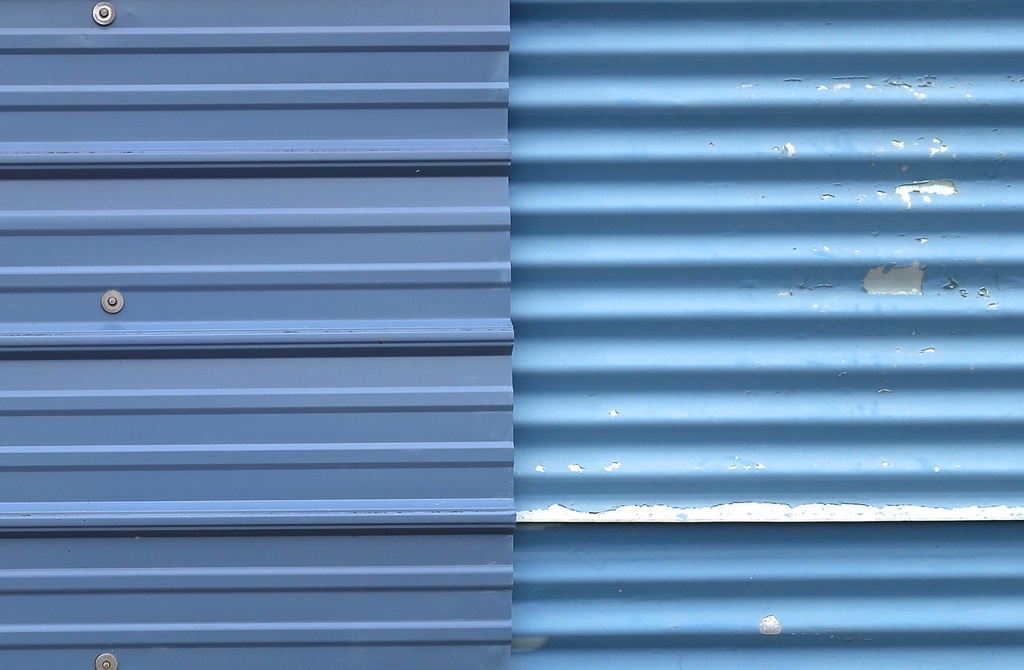A fresh coat of paint may just be the ideal way to breathe in new life in your home. And we are not referring just to painting the walls. Rusty metal surfaces are unappealing and reflect and even neglecting. That is why it is important to solve that issue. Applying a coat of paint on top of the rust will do any good. Removing the rust and preparing the metal surface carefully and properly are the keys for great end results. In fact, majority of paint failures on metal surfaces happen because of the sloppy and inadequate preparation. We will help you to avoid such problems with the following tips.
Sandblasting
Sandblasting is one of the most efficient methods for quick removal of rust and old coats of paint from metal surface. The process of removing rust happens when compressed air is blowing fine materials, like sand, through a spray nozzle. Eventually, every unwanted element from the targeted surface is blasted away. Sandblasting is ideal for hard-to-reach places and there is a possibility of using small handheld units for iron furniture, handrails, etc.

Wire Brushing
Wire brushing is a bit more demanding method, but nevertheless, it is effective. It is conveyed with a wire wheel brush or hand brush. All it takes are a few passes with the brush across the rusty surface all the loose material will be removed. Still, some smooth painted finishes will require another round of sanding, until it is completely rust-free and smooth. A combination of 120 grit sandpaper and 80 grit sandpaper is usually enough to get the job done. For top quality finish, you should use auto body filler material.
Rust Removal with Chemicals
Using chemicals to remove rust is indubitably efficient. Still, there is a question whether the end solution outweighs the harmfulness of toxic residues, like iron oxalate. Sometimes, using chemicals is the wisest choice you can take, because they are best for removing rust from large surfaces, such as a roof. If you decide taking this road, make sure that you are well protected (gloves, mask, etc.) and try to choose the ones that leave the least residues.

Rust Conversion
Unlike the previous method, removing the rust with quality rust converter is completely harmless. There are no damaging chemical compounds involved. In fact, rust converter even contains a protective film that will prevent rust from appearing again. It is ideal for areas where brushing is difficult and for uneven surfaces, such as ornamental iron. Still, it is not recommended for usage on super smooth surfaces.
Cleaning the Surface
After the rust is removed with one of the methods above, the surface must be properly cleaned. A strong detergent will be enough for removing the dirt or the grease to make the metal ready for painting. After you have cleaned the surface with the detergent, make sure you rinse well so there are no residues. If, during the cleaning you notice that there is some rust left on the surface, you can use some of the prep materials to remove it. In the end, coat the metal with simple oil.

Proceeding to Painting
Now that your hard work is done, you will probably want to avoid this annoying chore for some time. To make sure that happens, you should choose a paint that will protect the metal from reappearing of the rust. One such solution is RustBlock hammertone paint, which will serve not just as protection, but for decorative purposes, too.
Preparation is a must. Regardless of which method of rust removal you choose, make sure you do it “by the book” and that, when all is done, you choose a paint which will keep the surface rust-free for a long time.
